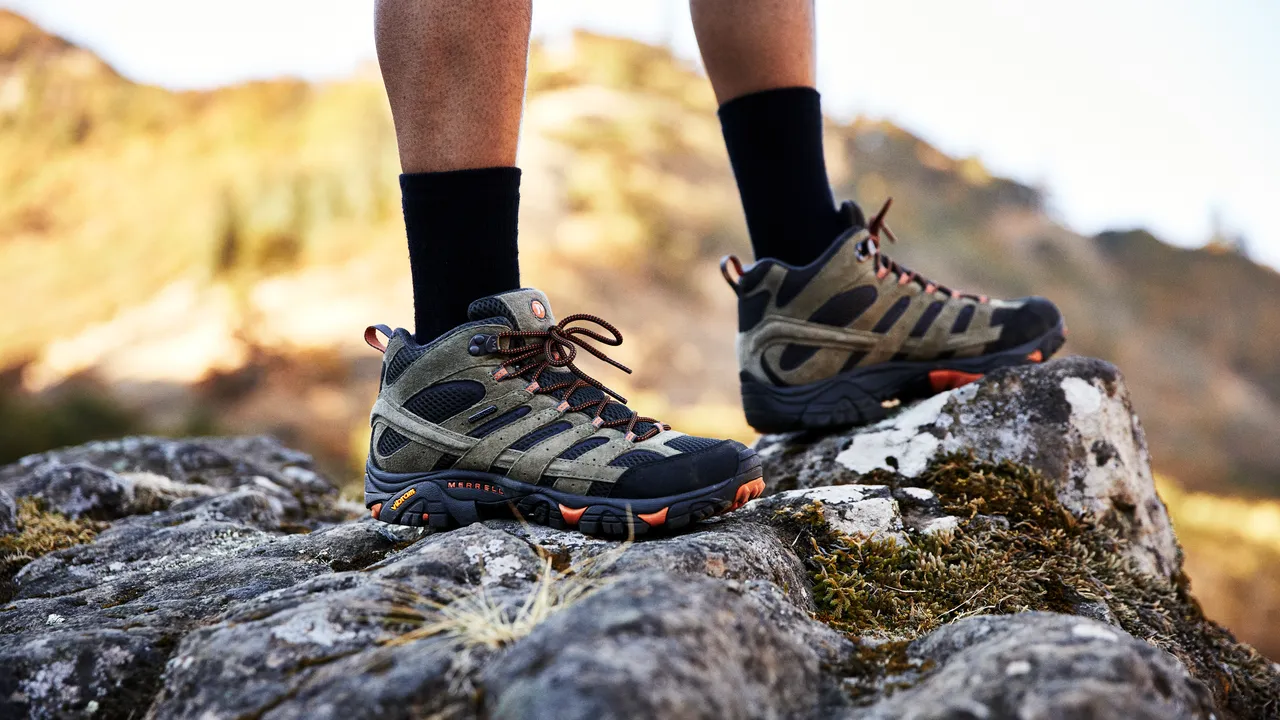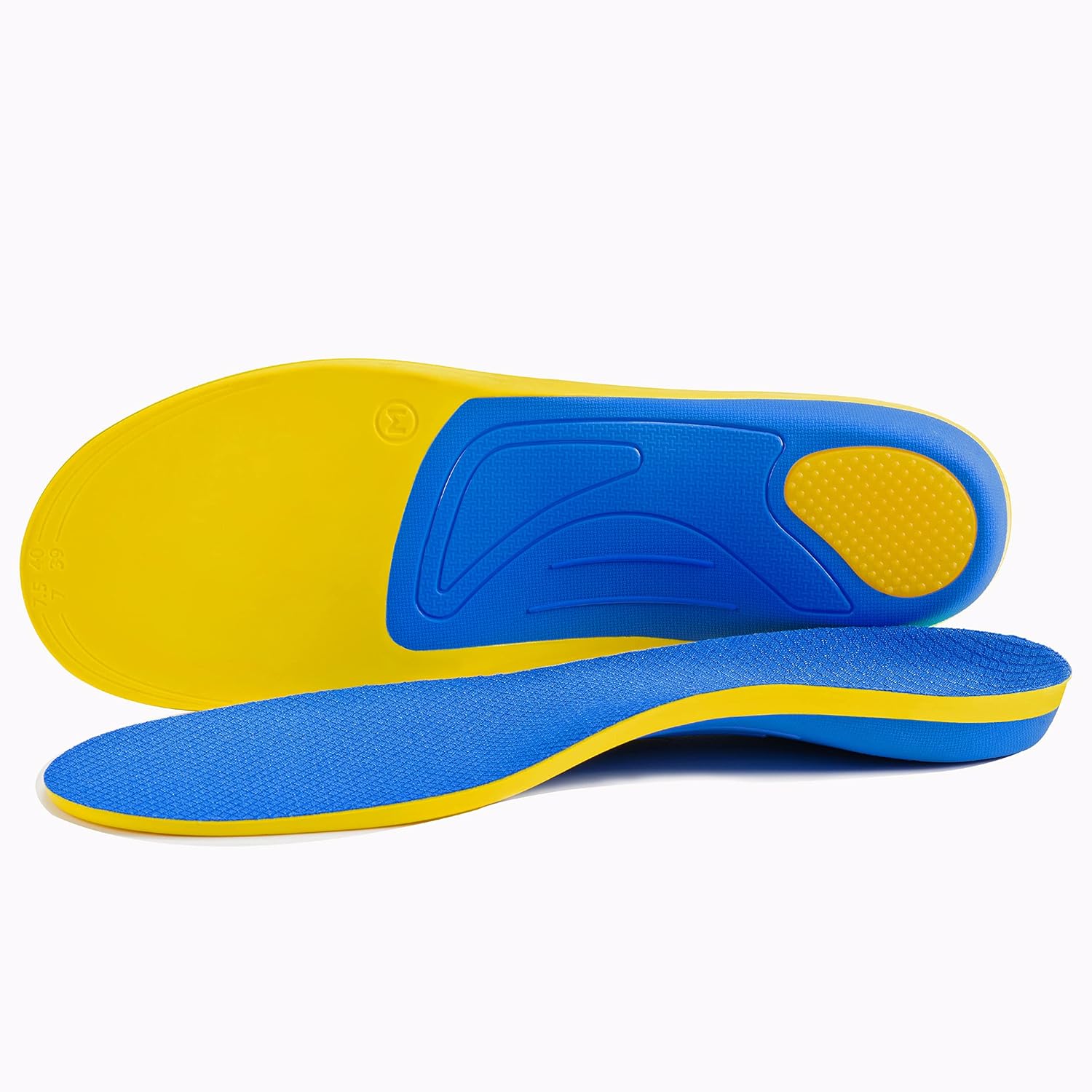Step into comfort with our expert guide on hammertoe relief. From revolutionary exercises to the right footwear and surgical options, discover how to alleviate pain and reclaim your mobility today.
Introduction
Hammertoes can be more than just a nuisance; they’re a painful reality for many, leading to discomfort and mobility issues. This condition, characterized by a toe that bends abnormally at the joint, requires attention and care. Our guide offers a deep dive into effective exercises, optimal footwear choices, and when to consider surgery for hammertoe relief. Empower yourself with knowledge and take the first step towards pain-free walking.
Table of Contents
Which Exercises can Give Hammertoe Relief?
Regular exercises can help manage hammertoes by strengthening the muscles around the toes, improving flexibility, and reducing pain. Here are some effective exercises:
Toe Stretches
Gently pull on your toes to stretch them out. This can help relieve some of the pain and stiffness associated with hammertoes.
Toe Curls
Place a towel flat on the floor and use your toes to scrunch it towards you. This exercise helps strengthen the muscles under your feet and toes.
Marble Pickup
Use your toes to pick up marbles or small objects from the floor and move them into a bowl. This improves toe flexibility and strength.
Toe Extensions
Place rubber bands around your toes to provide resistance as you try to straighten them. This can help strengthen the muscles that straighten the toes.
Ball Roll
Roll a small ball (like a golf ball) under the foot to massage the bottom of the foot. This can help relieve tension and improve circulation.
Footwear Choices for Hammertoe Relief

Selecting the right footwear is crucial in managing hammertoes comfortably. Here are some tips for choosing shoes that can help alleviate pain and prevent the progression of hammertoes:
Wide Toe Box: Shoes with a wide toe box allow your toes to spread out naturally without being squeezed. This can prevent worsening of hammertoes and reduce pain.
Soft Materials: Shoes made from soft, flexible materials can accommodate the shape of your foot and reduce pressure points on your toes.
Low Heels: High heels increase pressure on the front of your feet and can exacerbate hammertoes. Opt for shoes with low heels (ideally less than 2 inches) to distribute your body weight more evenly.
Adjustable Straps or Laces: Shoes with adjustable features can help accommodate changes in foot size throughout the day due to swelling and provide a more comfortable fit.
Orthotic-Friendly: Shoes that can accommodate orthotic devices can be very helpful. Custom orthotics designed by a podiatrist can provide targeted support and pressure relief for hammertoes.
Arch Support: Good arch support in shoes can help distribute pressure more evenly across your foot, reducing the strain on your toes.
When to Consider Surgery?
When non-surgical treatments for hammertoes, such as exercises, orthotics, and appropriate footwear, do not provide sufficient relief, surgery may be considered as a viable option. Surgical intervention aims to relieve pain, correct the deformity, and improve the function of the toe. Here’s an in-depth look at the surgical solutions for hammertoes, covering the types of procedures, recovery expectations, and long-term outcomes.
Surgical Options for Hammertoes
Several surgical procedures are available for hammertoes, depending on the severity and flexibility of the deformity:
Tendon Transfer
Ideal Candidates: This procedure is most suitable for individuals with flexible hammertoes, where the toe can still be moved at the joint.
Procedure Details: Tendon transfer involves rerouting tendons from the bottom of the toe to the top. By doing this, the tendons that used to pull the toe down are now pulling it upwards, helping to straighten the joint.
Outcome: The goal is to rebalance the forces acting on the toe, thereby correcting the deformity while maintaining the toe’s flexibility.

Joint Resection (Arthroplasty)
Ideal Candidates: Arthroplasty is typically recommended for patients with more rigid hammertoe deformities, where the flexibility of the toe is significantly reduced.
Procedure Details: During this surgery, part of the joint (usually the protruding or deformed part) is removed. This may involve cutting away or reshaping the bone and possibly removing a portion of the joint itself to allow the toe to lie flat.
Outcome: The removal of the deformed part of the joint allows the toe to straighten, alleviating pain and discomfort associated with the hammertoe.

Fusion (Arthrodesis)
Ideal Candidates: Fusion is generally reserved for severe cases of hammertoe, particularly when other treatments have failed, and the toe is rigid.
Procedure Details: In arthrodesis, the bones of the affected joint are surgically fused together. This is done by removing the cartilage from the joint and then using pins, screws, or plates to hold the bones together until they heal into a single, straightened unit.
Outcome: While this procedure permanently straightens the toe, it also results in the loss of joint movement at the fusion site, making the toe immobile.

Implantation of Devices
Ideal Candidates: Suitable for a range of hammertoe conditions, especially when maintaining the toe’s position during the healing process is crucial.
Procedure Details: This involves inserting medical devices such as pins, rods, or screws into the toe to keep it in the correct position as it heals. These devices can be either temporary or permanent, depending on the specific needs of the patient.
Outcome: The primary goal is to stabilize the toe in its corrected position, ensuring proper alignment and healing.

Recovery Process
Recovery from hammertoe surgery varies based on the type of procedure performed and the individual’s overall health:
Post-Surgery Care: Initially, patients may need to wear a special surgical shoe or boot to protect the toe and keep it in the correct position. Swelling, bruising, and mild discomfort are common but can be managed with medication.
Physical Therapy: Rehabilitation exercises may be recommended to restore strength and range of motion.
Duration: Full recovery can take anywhere from several weeks to a few months. Patients typically can start walking in a surgical shoe within a few days to weeks after surgery, but full activities might be restricted for a longer period.
Long-Term Outcomes
The long-term outcomes of hammertoe surgery are generally positive, with many patients experiencing:
Relief from Pain: Most patients report significant or complete relief from pain and discomfort that was present before surgery.
Improved Function and Appearance: Surgery can correct the deformity, leading to improved function and appearance of the toe and foot.
Return to Activities: After full recovery, most patients can return to their normal activities, including wearing regular shoes, although high heels may still be discouraged.
Considerations Before Surgery
Expectations: It’s important to have realistic expectations about the surgery, recovery, and potential complications. Discuss these thoroughly with your surgeon.
Surgeon’s Experience: Choose a surgeon with extensive experience in foot and toe surgeries to ensure the best outcomes.
Potential Risks: As with any surgery, there are risks involved, including infection, nerve damage, or the possibility of recurrence.
Lifestyle Modifications for Hammertoe Prevention and Relief
Overview
Beyond exercises and footwear adjustments, making certain lifestyle changes can significantly impact the management and prevention of hammertoes. These modifications can help alleviate symptoms and prevent the progression of the condition.
Key Strategies
Weight Management: Maintaining a healthy weight can reduce the pressure on your feet and toes, lessening the risk of hammertoes.
Regular Foot Inspections: Regularly inspect your feet for any changes or signs of developing hammertoes, especially if you have diabetes or another condition that affects foot health.
Avoid High Heels: Limiting the wear of high heels and opting for shoes with proper support and a wide toe box can prevent the formation and worsening of hammertoes.
Foot Stretches and Massages: Incorporating daily foot stretches and massages can improve foot flexibility and circulation, reducing the risk of muscle imbalances that lead to hammertoes.
Stay Active: Engaging in regular physical activity helps maintain healthy weight and improves foot strength and flexibility, contributing to overall foot health.
Nutritional Support for Foot Health
Overview
A balanced diet plays a crucial role in maintaining overall foot health and aiding in the recovery of foot deformities like hammertoes. Certain nutrients can help strengthen bones, improve muscle function, and reduce inflammation, potentially easing the symptoms of hammertoes.
Key Nutrients
Calcium and Vitamin D: Essential for bone health, these nutrients help prevent osteoporosis, a condition that can exacerbate foot deformities.
Magnesium: Important for muscle and nerve function, magnesium can help alleviate muscle tension and discomfort associated with hammertoes.
Omega-3 Fatty Acids: Found in fish oil and flaxseed, omega-3s have anti-inflammatory properties that can help reduce pain and swelling in the feet.
Vitamin C: This antioxidant supports the health of connective tissues in the feet, including tendons and ligaments, potentially aiding in hammertoe prevention and management.
Dietary Tips
Incorporate a variety of fruits, vegetables, lean proteins, and whole grains into your diet to ensure a broad intake of these essential nutrients.
Consider consulting with a nutritionist to tailor your diet to support foot health, especially if you have specific dietary needs or health conditions.
FAQ Section
Q: What are the best exercises for hammertoe relief? A: Toe stretches, curls, marble pickups, extensions, and ball rolls are highly effective for strengthening toe muscles, improving flexibility, and reducing pain.
Q: How does footwear affect hammertoes? A: The right footwear can alleviate pain and prevent worsening of hammertoes. Look for shoes with a wide toe box, soft materials, low heels, adjustable straps or laces, orthotic-friendly designs, and good arch support.
Q: When should I consider surgery for hammertoes? A: Surgery is considered when non-surgical treatments fail to provide relief, aiming to correct the deformity, relieve pain, and improve toe function.
Q: What are the surgical options for hammertoes? A: Depending on the severity, options include tendon transfer, joint resection (arthroplasty), fusion (arthrodesis), and implantation of devices to maintain correct toe positioning.
Q: What can I expect during the recovery from hammertoe surgery? A: Recovery involves wearing a surgical shoe or boot, managing swelling and discomfort, and engaging in physical therapy. Full recovery varies but generally takes several weeks to a few months.
Q: What are the long-term outcomes of hammertoe surgery? A: Most patients experience significant pain relief, improved toe function and appearance, and can return to normal activities, although high heels may be discouraged.
Conclusion
Living with hammertoes doesn’t have to mean living in discomfort. With the right exercises, footwear, and, when necessary, surgical interventions, you can achieve significant relief and improve your quality of life. Remember, early intervention is key to preventing further complications. Consult with a foot specialist to explore the best treatment options tailored to your condition and lifestyle. Take control of your foot health today and step forward into a more comfortable tomorrow.









